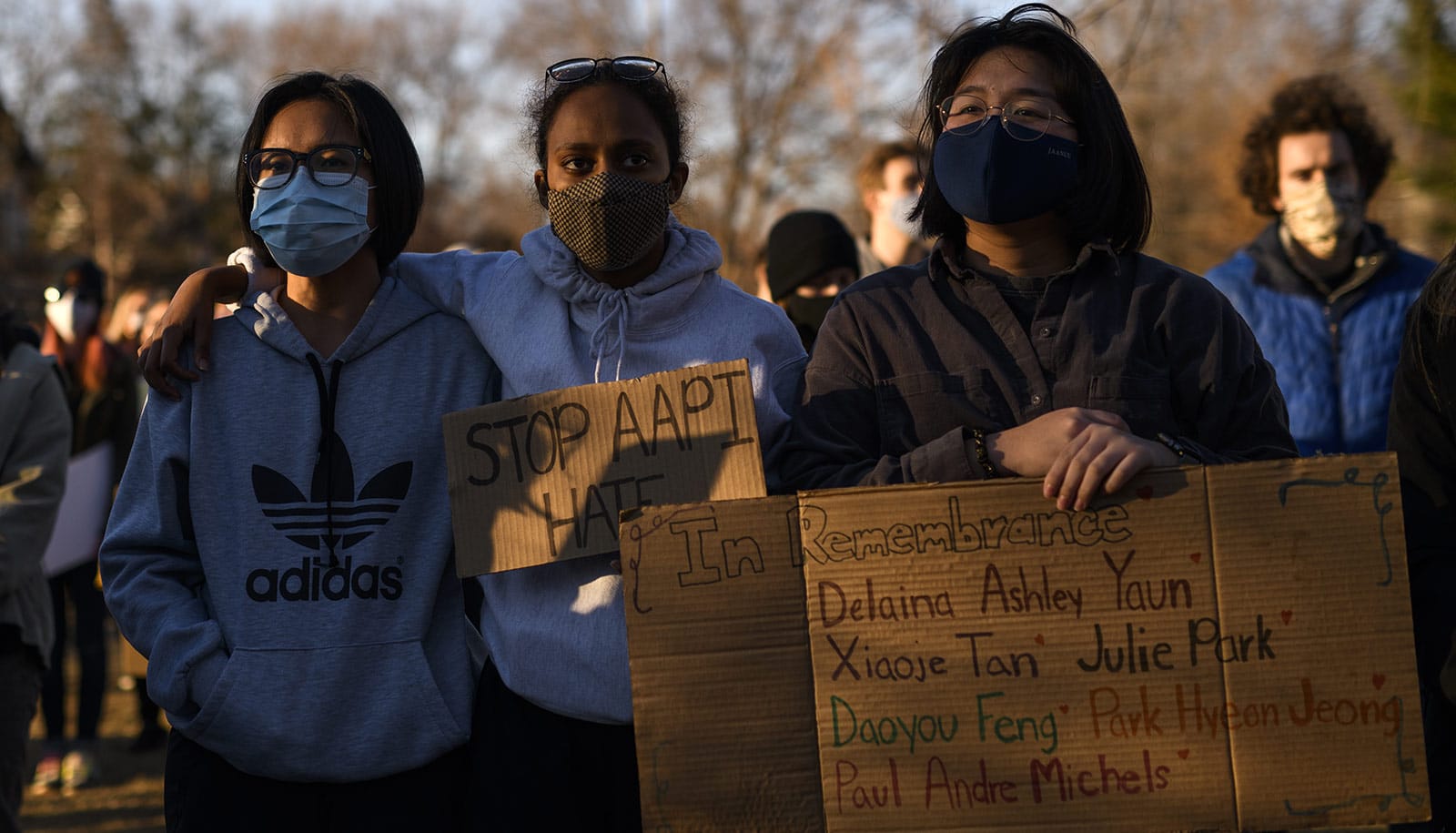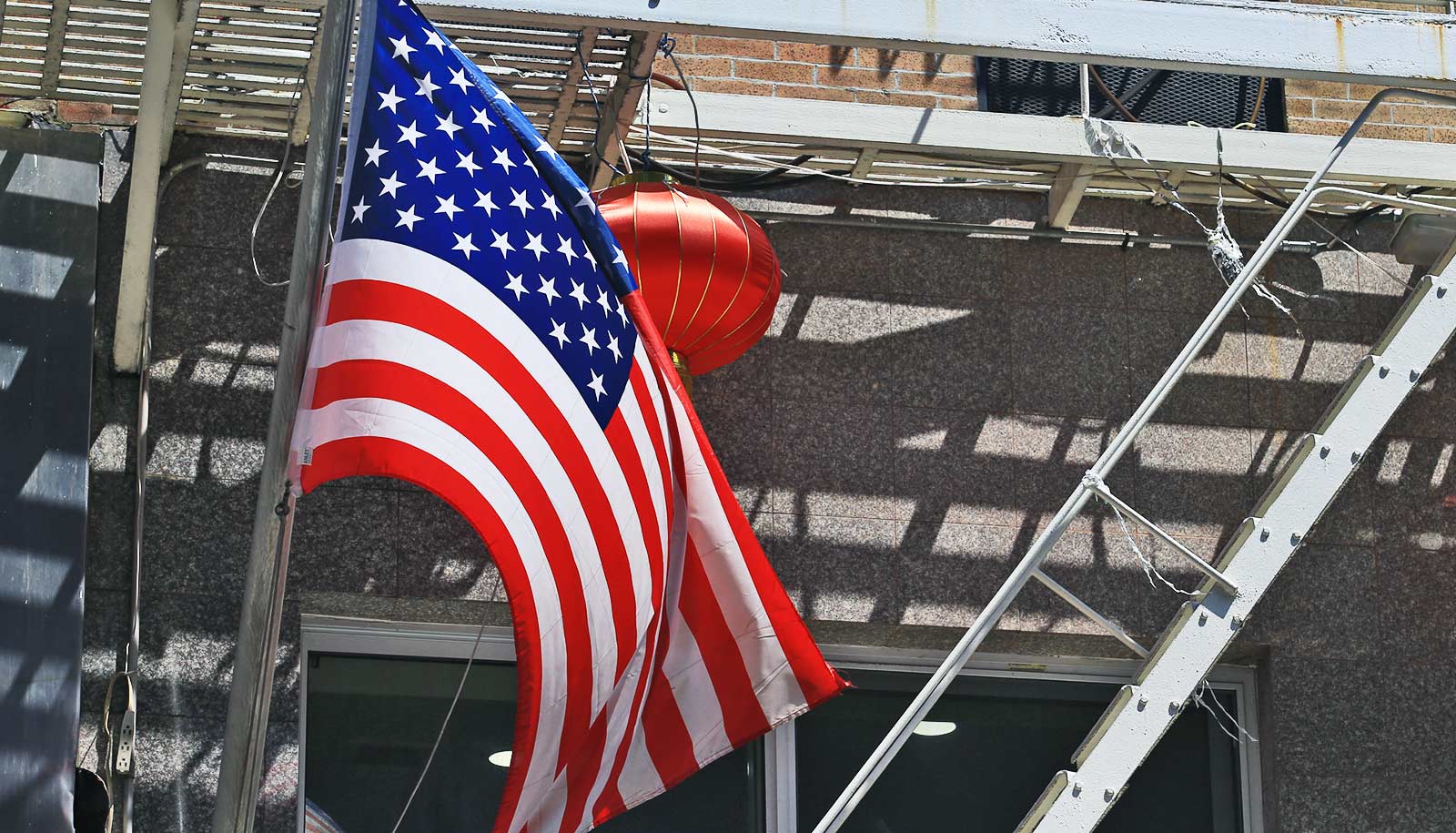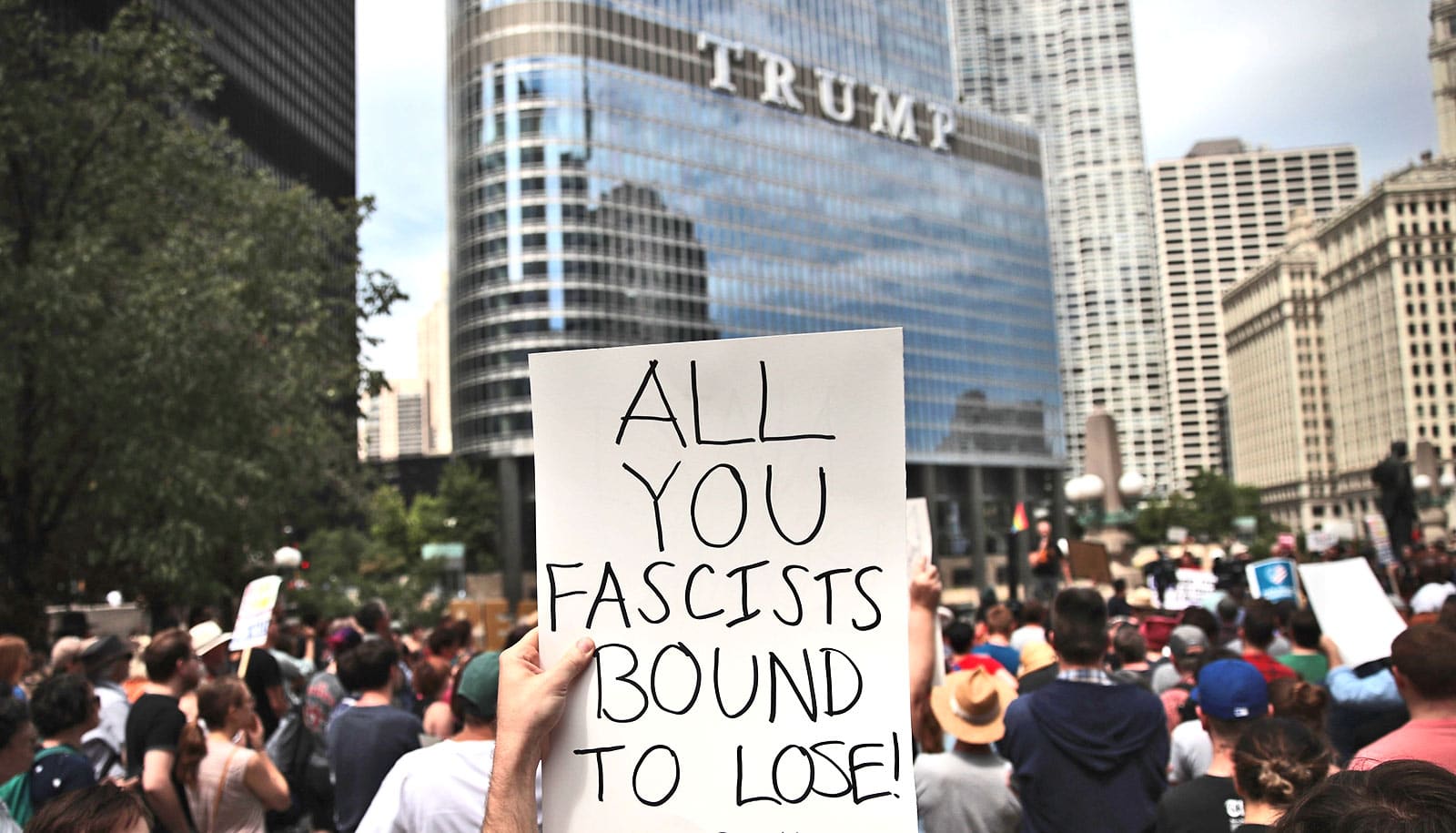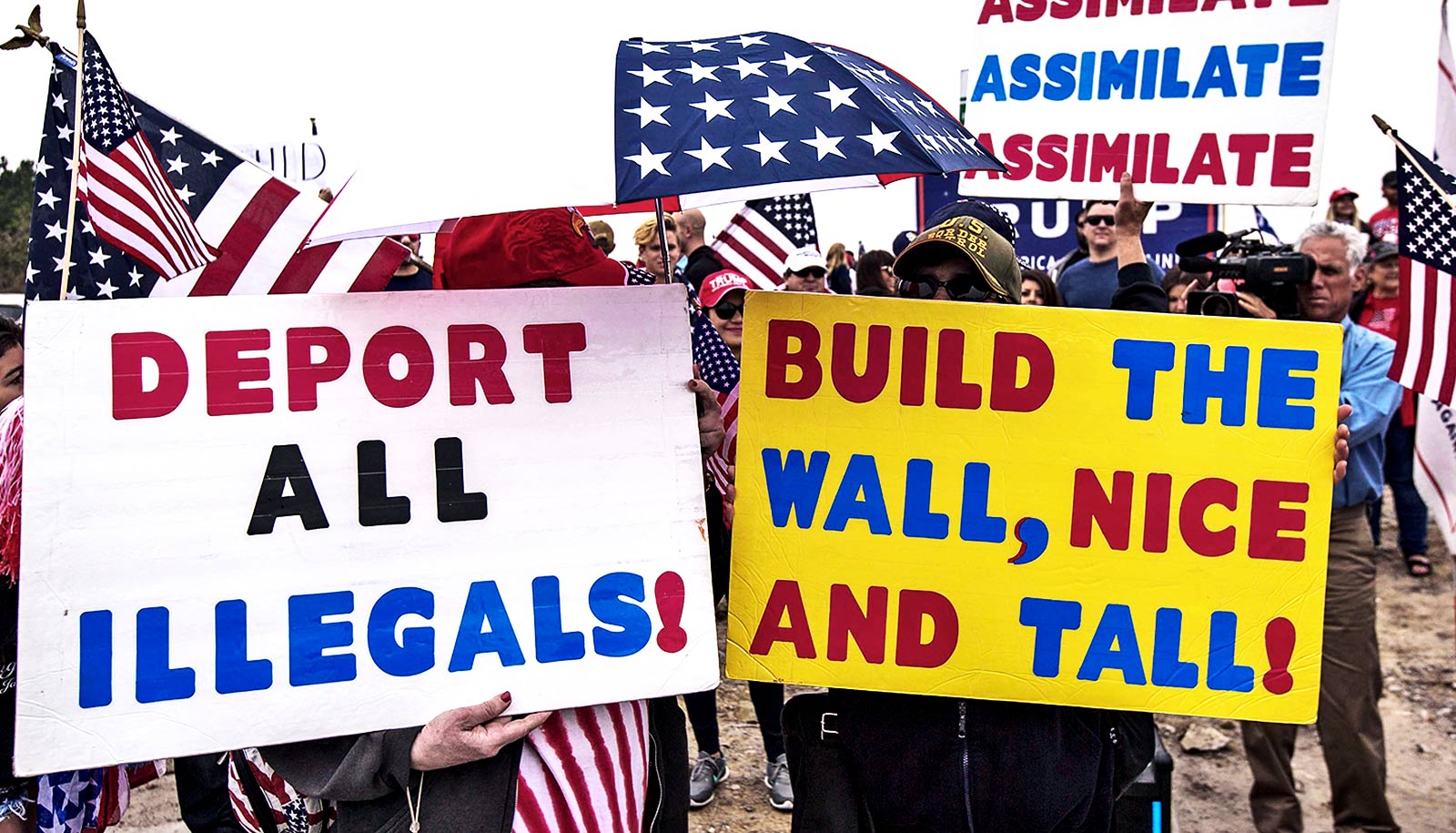Anti-Asian racism has a long history in the United States and often intertwines with misogyny, experts explain.
On March 16, a man went on a shooting rampage at three Atlanta spas, killing eight people, including six Asian women. The killings have sparked outrage and fear in the Asian American community, but the suspect has denied that the killings were racially motivated.
The suspect’s claims and the Cherokee County Sheriff’s Office’s subsequent claims have set off a debate about anti-Asian racism in America.
Too often, people default to a “color-blind” lens that is quick to dismiss the centrality of racism and white supremacy when it comes to understanding horrific acts of violence, according to Ariela Schachter, assistant professor of sociology at Washington University in St. Louis.
To clarify the current state and history of anti-Asian racism and violence in the US, Schacter and Linling Gao-Miles, lecturer of global studies and coordinator of the Asian American studies program, share their perspectives:
The police have said it’s too soon to say whether the killings are racially motivated. Do you agree?
“Recognizing that the victims in this case hold multiple identities—based on their race, ethnicity, gender, occupation, etc.—and, indeed, that they were likely being targeted because of the intersection of these identities, does not minimize the role of anti-Asian racism, but rather helps us recognize its nuances. Racism and white supremacy are often intertwined with misogyny,” Schachter says.
“It’s important to remember that racialization and hypersexualization are entangled in Asian women’s experience with discrimination and racism,” Gao-Miles says. “Historically speaking, Asian women have been both racial objects and sexual objects in the white colonial and racist context. Asian women were imagined as the submissive, passive, and exotic other, and their bodies were fetishized and commodified.
The pandemic and, more specifically, racist rhetoric from political elites has clearly contributed to rising anti-Asian violence and a dramatic increase in hate crimes targeting Asian Americans. The majority of this violence has been reported by women, Schachter says.
“In recent surveys, Asian respondents of all genders were the most likely of any ethnoracial group to report being the subject of racial/ethnic jokes or slurs since the pandemic began. Moreover, 40% of Americans of all races said that during the pandemic it has become more common to hear people express racist views about Asians. This increase in anti-Asian racism and violence is undeniable and unacceptable,” she says.
Racist rhetoric, such as referring to the COVID-19 virus as the “China virus” has only exacerbated the problem. “Unfortunately, there’s a great deal of research demonstrating how much easier it is to encourage these racist stereotypes than to dispel them,” Schachter says.
Are immigrants, in general, at a greater risk for violent acts like this?
“To a certain extent, immigrants are more likely to be victimized,” Gao-Miles says. “Compared to their US-born peers, immigrants are more likely to encounter language and cultural barriers; they are less familiar with US civic and legal systems and, hence, less likely to seek legal protections.”
“Immigrants are often the targets of both racism and xenophobia, which can put them at higher risk of violence,” Schachter says. “Immigrants also often do not trust nor feel supported by the police, for good reasons, as in many places local police directly or indirectly collaborate with ICE (Immigration and Customs Enforcement).”
What would you say to someone who thinks this recent tragic event is just a singular act and doesn’t represent a systemic problem?
“While harmful rhetoric falsely blaming Asian Americans for the pandemic has clearly increased anti-Asian racism, it’s important to recognize that this racism is not new. In fact, Asians were one of the first groups to be formally barred—by law—from immigrating to the United States and/or becoming US citizens,” Schachter says.
“Asian women were especially targeted and stereotyped as prostitutes. These bans were not fully removed until the 1965 Immigration and Nationality Act. So this violence and intersectional anti-Asian racism and misogyny is not new; rather, it has been baked into US society and institutions for centuries.”
“I’d also add that more recent, model minority stereotypes which cast Asian Americans as the ‘good’ or ‘successful’ minorities—in implicit or explicit contrast with Black and Latino Americans—are also harmful. For one, they ignore the diversity of Asian American experiences in the United States and the real, unmet needs of these communities. These stereotypes can also serve to divide communities of color and prevent activism and coalition building. And they clearly don’t protect Asian immigrants and Asian Americans from being the targets of racism and white supremacy.”
Gao-Miles adds: “Anti-Asian racism and hate crime have deep historical roots, but the Asian and Asian American community is strong and resilient. As we combat racism of any sort that targets any individual or group, we have to continue the project of enhancing multiethnic coalition and multiracial solidarity.”



